
The Big Question, Freelance or Firm?
So, you’ve got the design chops. Now what? Do you go rogue as a freelancer or join the structured world of a firm? This decision shapes not just your paycheck but your lifestyle, freedom, and career growth, too.
Freelancing gives you independence and creative control while firms offer stability, resources, and team energy. Neither path is “better”; it depends on your vibe, goals, and appetite for risk. Let’s unpack both sides like a well-organized design board. By the end, you’ll know which route speaks your language.
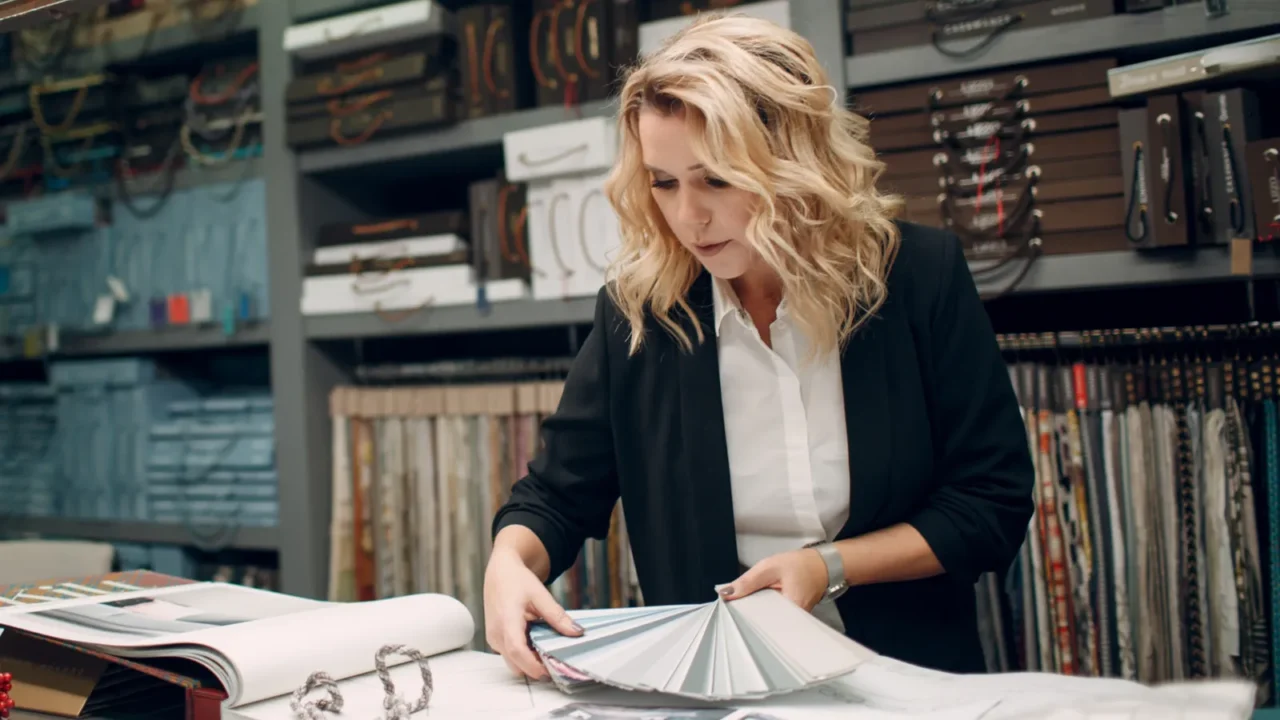
Creative Freedom
As a freelancer, you call the shots. From concept to color palettes, no creative director is hovering over your shoulder and you get to say yes or no to every project. In a firm, though, your vision needs to align with the brand.
If you thrive on full creative control and making bold design calls, freelancing might just be your sweet spot. But if you love bouncing ideas around with other pros, firm life fuels that kind of creative synergy.

Income Stability
Firms offer reliable paychecks, benefits, and often bonuses. For freelancers, it’s a constant hustle. Some months are booming, others are dry., and you need discipline to budget, save, and charge your worth.
According to ASID (American Society of Interior Designers), firm designers often start with lower pay but build steady raises. Freelancers can scale faster if they manage their business well.
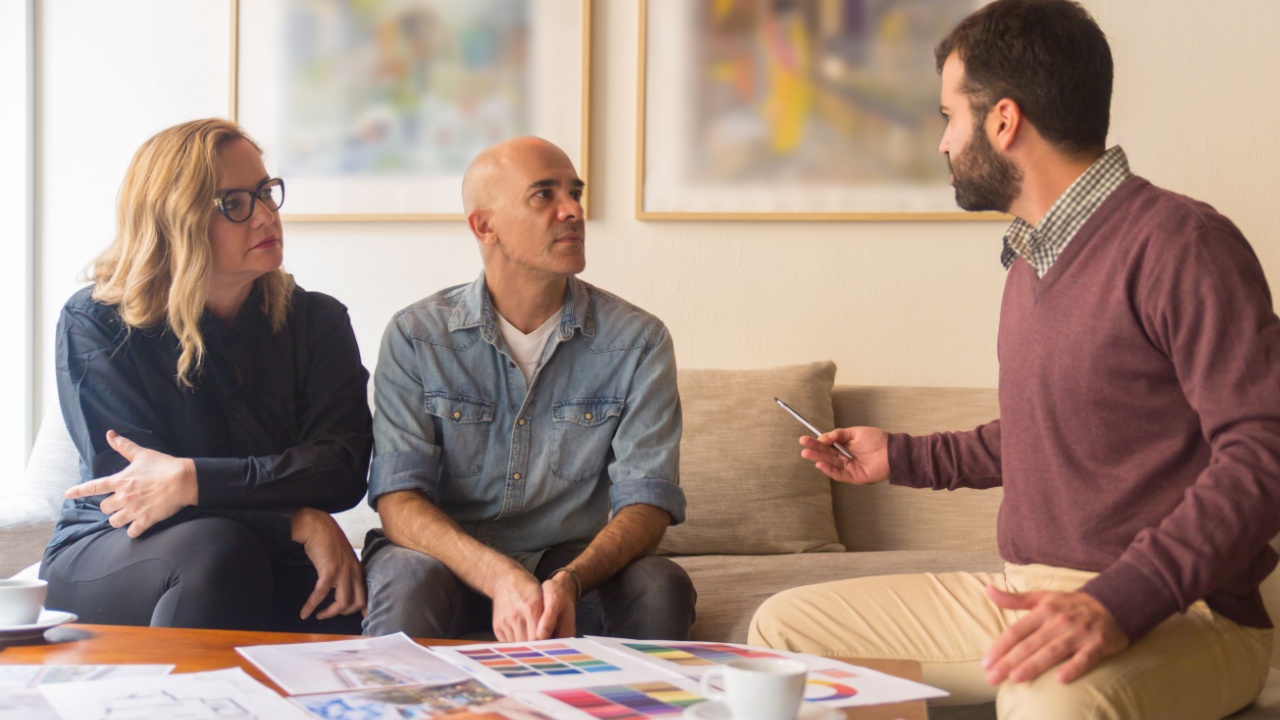
Client Load
Firm life usually means working on larger, long-term projects with teams (think commercial builds, hotels, or full renovations). Freelancers likely juggle multiple smaller clients, and it’s exciting, but it can get chaotic. However, you’ll learn fast and gain a ton of experience.
In a firm, there’s admin staff and account managers who help with the backend chaos. Choose what fits your energy.
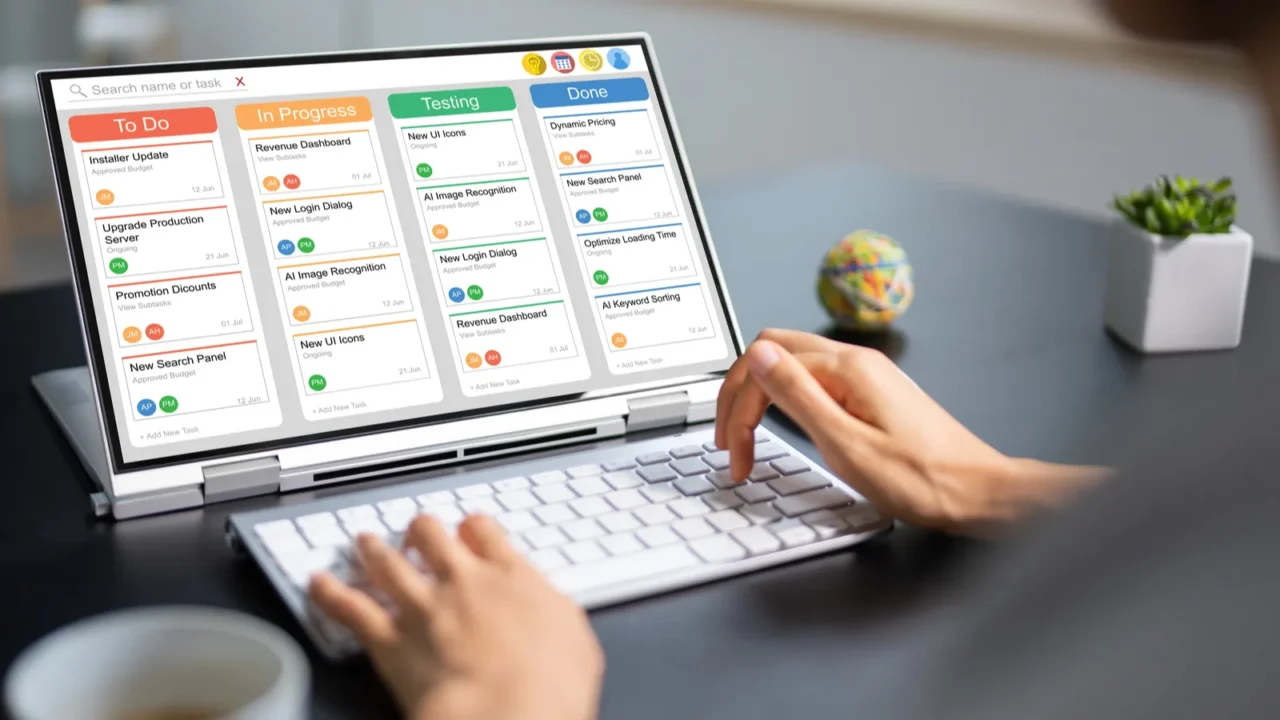
Time Management
If you’re someone who thrives on structure, firms lay it out for you. Work hours, meetings, and timelines are set. Freelancers? You’re the boss of your calendar.
But with that freedom comes responsibility, as no one’s chasing you for deadlines, you need serious self-discipline. The beauty of freelancing is flexibility. The downside is that work can sneak into nights and weekends.

Skill Growth
At a firm, you’ll often specialize in space planning, client presentations, or sourcing. Over time, you’ll master your niche. Freelancers, though, wear all the hats, such as marketing, billing, admin, and, oh yeah, actual design.
If you crave variety and control, freelancing teaches you the ropes of the entire operation. If you’d rather master one thing deeply before expanding, firm life gives you that lane.

Portfolio Power
Firm projects often come with big names—think luxury condos, retail brands, or corporate clients. That’s a serious portfolio flex. Freelancers, on the other hand, get to build a wildly diverse portfolio.
Firms build prestige. Freelancers build adaptability. Both are solid, but the vibe your portfolio gives off can shape your future opportunities.

Education and Mentorship
Firms often invest in staff development, workshops, industry expos, and mentoring sessions. Freelancers? You’re in charge of your own growth. Podcasts, online courses, and coffee dates with mentors, it’s all on you to seek them out.
If you’re the type who thrives in structured learning environments, a firm gives you more guidance. If you love self-directed growth, freelance life keeps you on your toes.
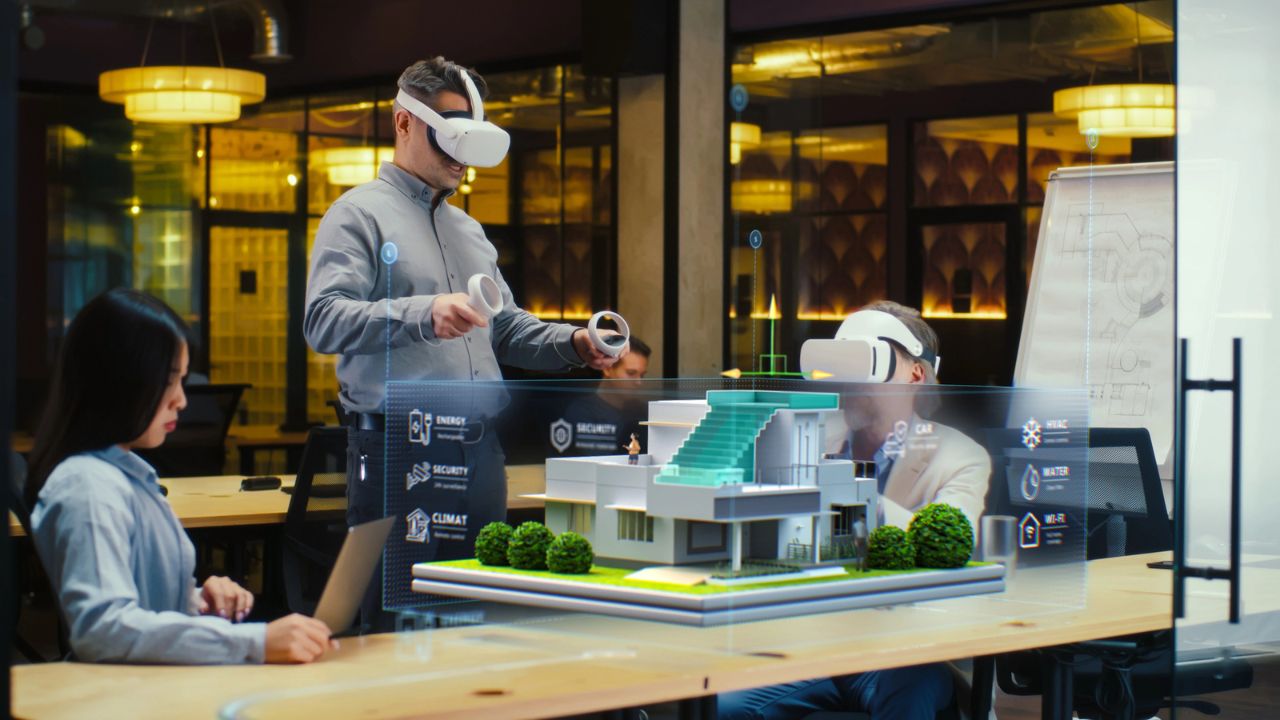
Career Growth
In a firm, the career ladder is usually defined as Junior Designer to Senior, then maybe Creative Director or Partner. There’s mentorship, performance reviews, and structured growth.
Freelancers can chart their own course. That freedom is powerful, but the learning curve is steep. You’ll need to network hard, market yourself, and maybe even build a team down the line.

Burnout Factor
Let’s not sugarcoat it: Burnout is real in both worlds. But in a firm, there’s usually a team to lean on. You’re not alone in pulling late nights before a client reveal.
For freelancers, it can feel isolating, especially during high-pressure phases. You’re the designer, project manager, and sometimes even the therapist. To avoid burnout, freelancers need strong boundaries, systems, and support, even if it’s outsourced or virtual.

Work-Life Balance
Firms have clearer lines between work and personal life. When the office closes, it’s over (usually). As a freelancer, you can take a midday break, but you might find yourself designing at midnight.
Some people love the blend, others need clean boundaries. Your lifestyle, family setup, and personal rhythm play a big role here. Be honest about what kind of balance you need.
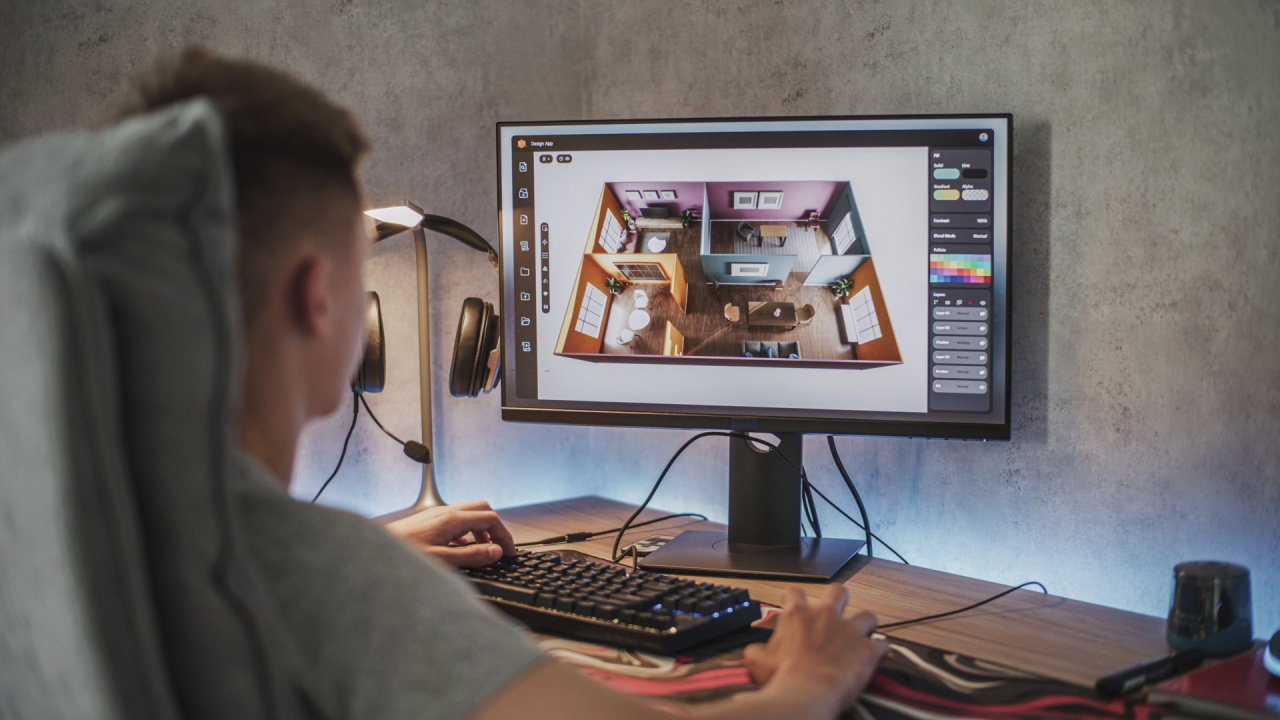
Tech and Tools
Firms usually offer premium tools, SketchUp Pro, AutoCAD licenses, Adobe Suite, client portals, you name it. Freelancers need to invest in their own stack, and that can get pricey. Software, hardware, cloud storage, productivity apps, it adds up fast.
If you’re tech-savvy and already have your faves, freelance life lets you work how you want.

Legal Stuff
Firms have legal teams or admin staff to handle contracts, liability, and insurance. They’ve got your back.
Freelancers? You are the legal department. That means drafting airtight contracts, securing liability insurance, and understanding local building codes. It’s not glamorous, but it’s essential. Firm life wins here if you prefer legal security baked into your job.

Branding and Marketing
Firm designers ride on the company’s brand, client trust, and marketing reach. You just show up and do your magic. Freelancers juggle it all by curating portfolios, posting on socials, optimizing websites, answering DMs, and cracking the SEO code. It’s a lot, but it’s also empowering.
You get to control your narrative and stand out your way. If marketing sounds fun, freelancing is full of opportunity.

Networking
In a firm, your network tends to grow naturally. You meet vendors, contractors, and clients through daily work without having to seek them out. The structure of the organization helps you build connections as part of the process.
As a freelancer, you start from scratch. That means showing up to industry events, engaging in online communities, and making yourself visible. It takes consistency and effort, but the payoff is real, as a strong network can open doors no matter which path you’re on.
Networking secrets for interior designers is your go-to guide to making the right connections and growing your design business with confidence.
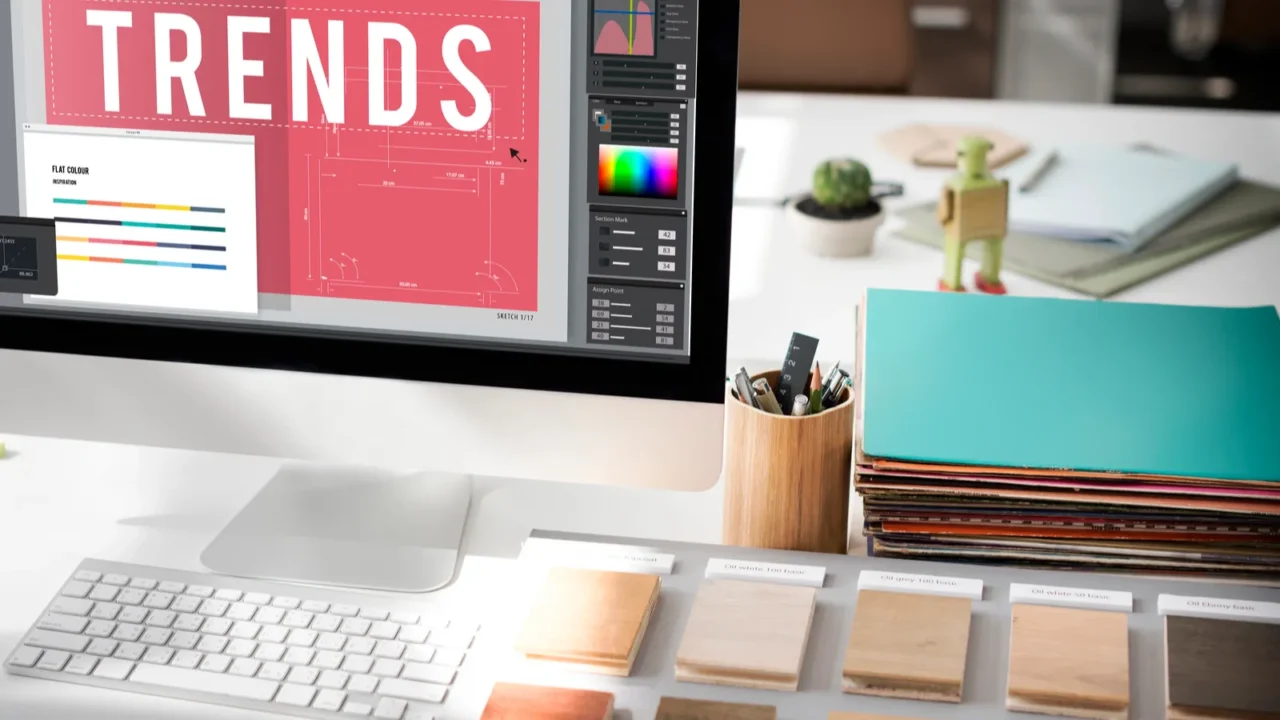
Trend Access and Industry Exposure
Working at a firm means early access to trends. You get the inside scoop from reps, showrooms, and trade shows.
Freelancers can access this, too, but it takes effort and investment. Firms also get first dibs on new product launches or exclusive collections. If you love being at the cutting edge of materials and innovations, firm life keeps you plugged in.
Freelancers just need to hustle a bit more to stay updated on emerging trends in interior design careers to stay ahead of their game.
Which path do you see yourself taking, freelance freedom or firm stability? Tell us in the comments.
Read More From This Brand:
- What Not to Say to Your Interior Designer
- Leveraging Technology in Interior Design
- Interior Designers Share Earth Day Must-Dos
Don’t forget to follow us for more exclusive content right here on MSN.